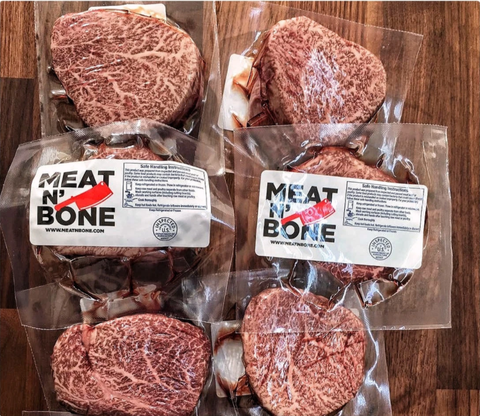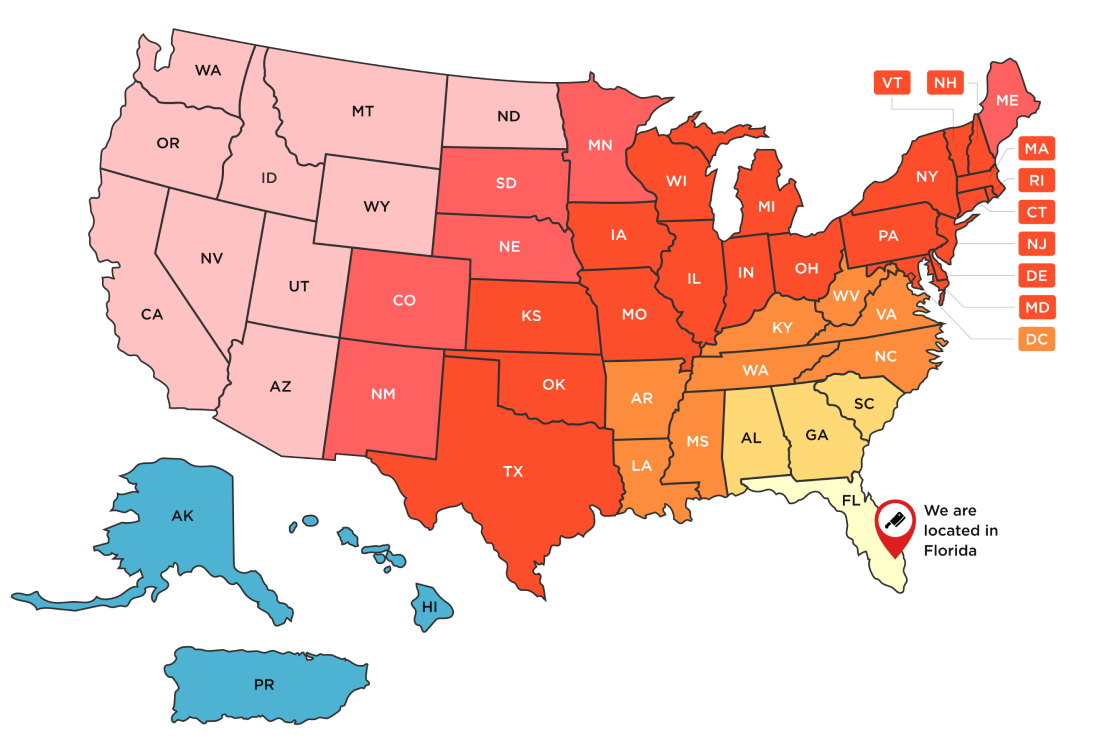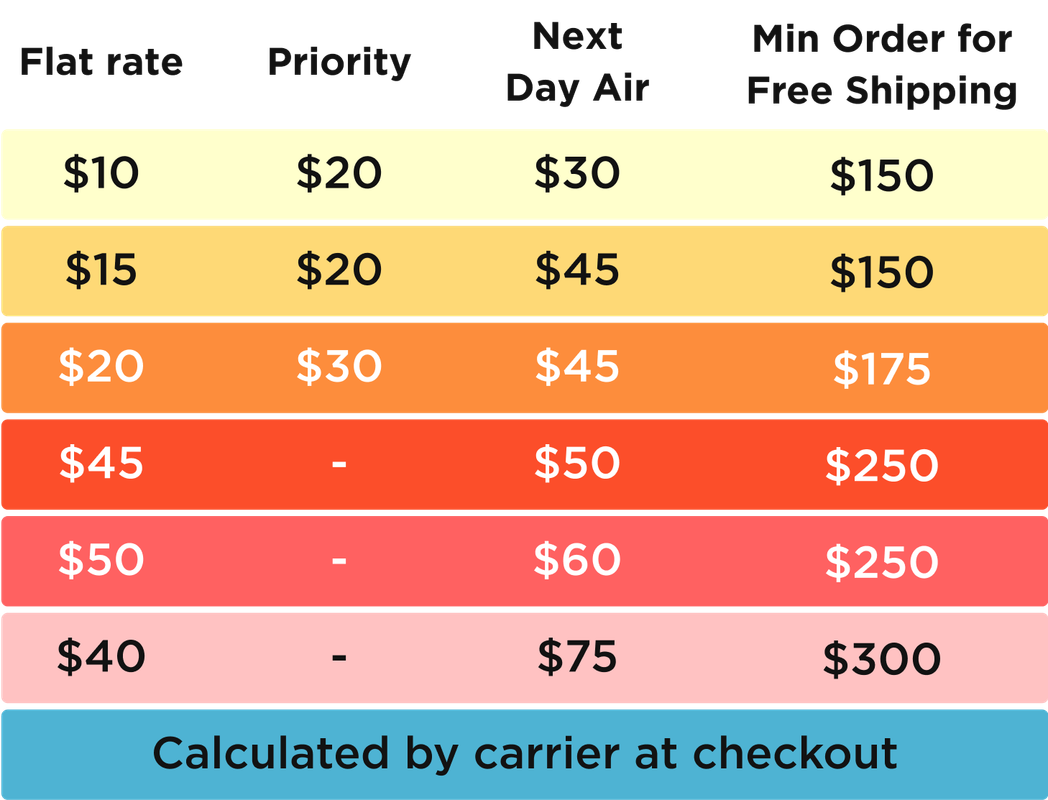
Meatstory: What Happened To The Traditional Butcher Shop?
The beef industry is one of the oldest in the United States. Cattle were introduced to North America circa 1493. Many regard Christopher Columbus as the man who introduced cattle to North America (so perhaps, Columbus day makes sense after all!).
A Brief History Of The Beef Industry
Beef has always been a big business. The need to transport cattle paved the way for construction of Chicago's Union Stockyard, cold storage solutions and the goodnight-loving trail. Heck, even barbed wire and the revolution of packaging is in part a result of raising cattle!
When we think of beef, we think of farmers who raise animals with love and care, who then take it to the slaughterhouse and sell the meat. That was the case all the way up to 1967, a time when the large urban livestock markets of Omaha and Chicago were at their peaks. But in 1967, a company by the name of Iowa Beef Packers (IBP) revolutionised the industry with the concept of 'Boxed Beef.'
Before boxed beef, butchers would receive a SIDE of beef (imagine the cow split down the middle from head to rear). Sides of beef are impractical, heavy and massive. Cutting a side of beef can be fun, but it is inefficient. Boxed beef meant sides of beef where no longer sent to butchers of supermarkets. Now slaughterhouses would process the sides into primals, subprimals and ground beef which would then be shipped to supermarkets and butchers.
At this point, economies of scale started to give supermarkets an advantage over mom and pop butchers. Supermarkets were able to move cases of beef much easier than traditional butchers who were set up to process sides of beef.

The quality of the average piece of beef started to increase. Meanwhile, supermarkets started to displace traditional butchers as the beef quality continued to increase. Now supermarkets, becoming the central place to purchase meat, overshadowed the dying, old school butcher shop.
Boxed beef changed the world of butchery. It made beef cheaper, easier to transport and to process.
The Rise Of The CAFO Farm
As the big 4 took control of the meat market, they threw around their weight to squeeze farmers for better and better margins. Then they started to consolidate vertically and out-right bought out many of these farmers. Commodity operations lost their ability to negotiate prices and had to adapt or die. This is how CAFO farms started to become the norm.
What Does CAFO Stand For?
CAFO stands for 'Concentrated Animal Feeding Operation.' They have been around since the 1930s. These are massive farms where cattle are confined to gain weight for 45 days in a year. CAFO farms have allowed BETTER and CHEAPER meat to become the norm. In fact, they have driven prices to the ground. They are the reason the price of meat, milk and eggs can be so low (hello Walmart, Wild Forks, etc..)

However, not all is good about CAFO farms. While the average quality of meat increased, high end meat became scarce. Moreover, meat became more unhealthy as a result of the processes these farms would use. The average weight of an animal went from 700lbs in the 1980s/1990s, to over 1450 lbs in the late 2000s. Everything became about price and profit, and the art of fine meat started to disappear. Last but not least, as CAFO farms rose to prominence, small independent farmers started to disappear as they could not make ends meet.
The Return Of Premium Meat
The USDA grading system isn't great, at-least not for when it comes to defining what is above average meat. USDA choice represents 65% of graded meat and Prime represents 2-3%. The USDA grades millions and millions of lbs of beef. So does that mean all 65% of beef is the same? No, it doesn't but it is certainly hard to differentiate one USDA choice steak from another.
That led supermarkets and chain stores to race to the bottom selling beef became all about volume and the lowest price. However, price wars are not great for the people who actually raise cattle. They kept spending more and more to raise cattle while getting paid less and less for it.
This led ranchers to innovate (or die). Some farmers focused on raising the best angus possible, sticking to traditional standards but using modern technology. Others focused on raising Wagyu cattle to differentiate themselves.
Meat N' Bone was born out of the need for better meat. With total awareness of how the beef industry works, we launched a business to please people like us. People who want better than what supermarkets can offer.
We focus on sourcing beef from best-in-class plants and programs. We focus on tracing it down and making sure it's quality. We age beef, we trim, and we make sure it's the highest quality you can find.

We buy from over 30 different programs and we work with very small suppliers and focus on the quality and consistency of product. We are NOT price driven, we are value driven.
Do we buy from the big four? For some cuts, it's unavoidable. After all, there are farms that only have access to a "big 4 facility". But what we do is we make sure we work with specific plants that source from specific farms. We work with branded programs focused on QUALITY and not volume.
All brands, whether big or small, process at facilities where the carcass is broken down into sides, then primals and turned into boxed beef. Even Japanese A5 works that way (that is why it is almost impossible to find a whole side of ribs in the US).
Our Angus cows are G1 certified, meaning they are treated and fed right and are 1,050 lbs or less. These produce smaller but thicker ribeyes, new yorks and filets. We make sure our prices are "FAIR", both to the farmer, to the processor, to the butcher, and to the customer. We believe it is all about balance. We believe in transparency; this is the Meat N' Bone way.
We have followed the steps of some of America's best and more premium butchers and (we believe), overtaken them in terms of quality. Others have followed in our steps, albeit often focusing on price and not transparency.
The meat industry will continue to change and innovate, and so will we. That is why we have launched our mobile app and improved our shipping and delivery methods. Our goal is to bring better meat to everyone in America!!
← Older Post Newer Post →








